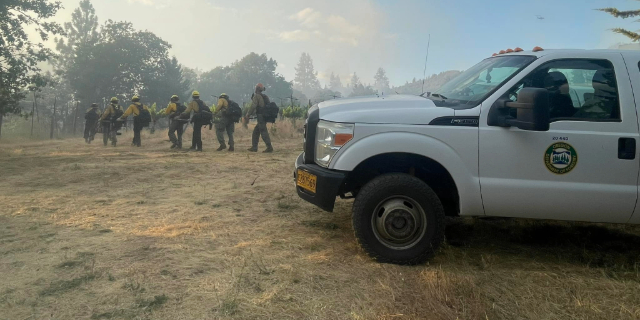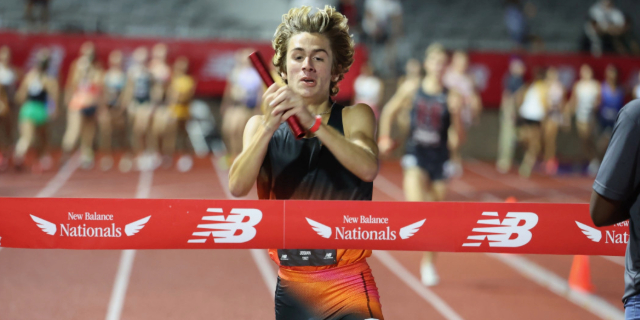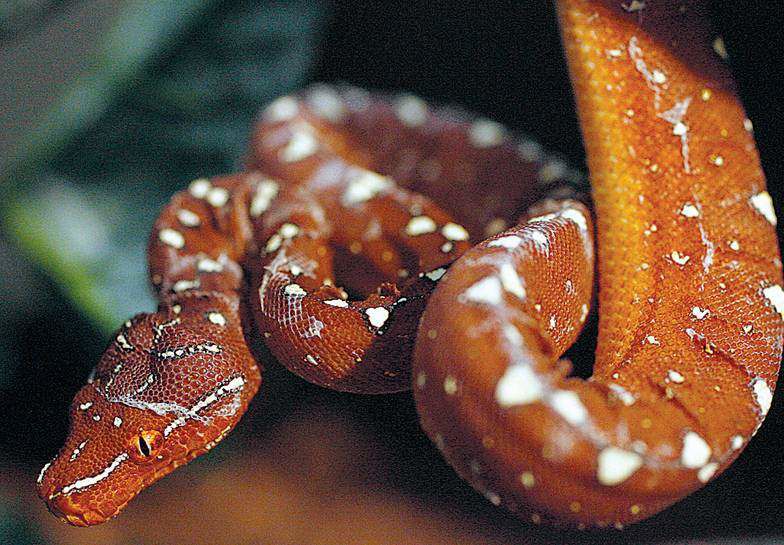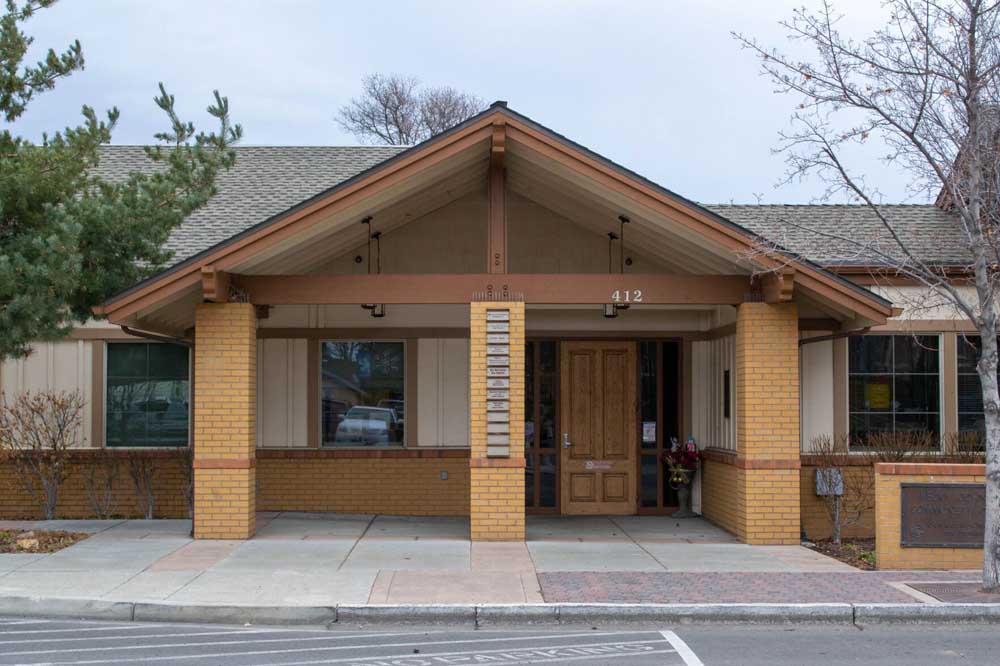Skating on cross-country skis
Published 7:52 am Saturday, February 4, 2023
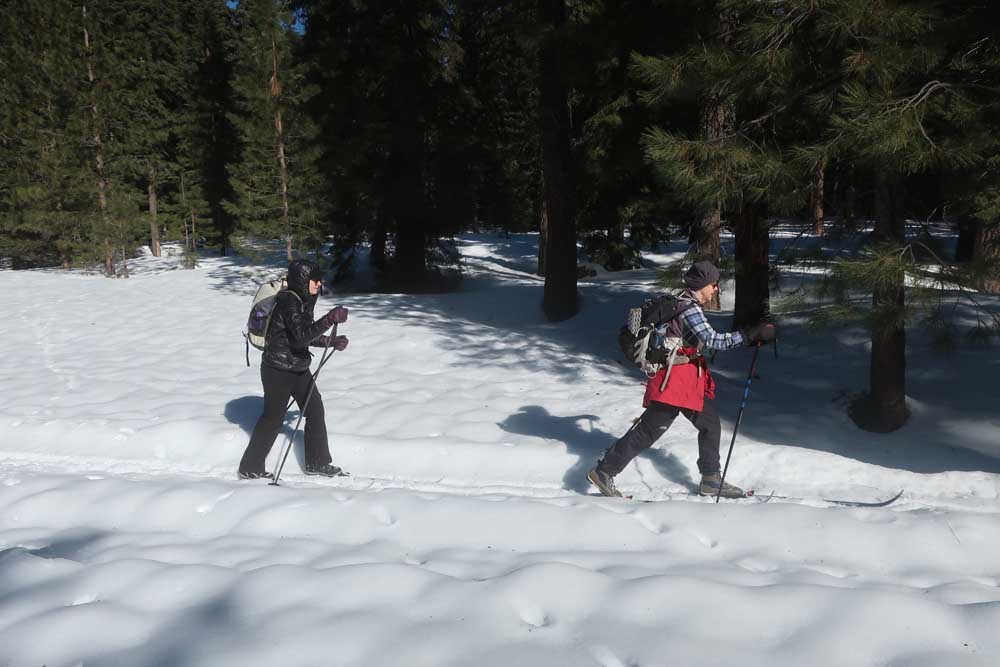
- Skiers kick and glide along a less-traveled, more worry-free trail. Photo by Lee Juillerat
Unless more snow falls, cross-country skiers might want to sign up for ice skating lessons.
That’s because the lack of fresh snow, combined with weeks of freezing temperatures, have made traditional Nordic, or cross-country skiing, more like skiing on ice.
Skate skiing, a type of cross-country skiing favored by Olympic-class skiers, is the faster form of Nordic skiing. But skate skiing requires a specific set of skis, boots, poles and, even more, involves a steeper learning curve. That’s because skate skiing requires more power, endurance and coordination, movements that are closer to ice skating.
The lack of those qualities was obvious during a ski on hard-packed, icy tracks from the Annie Creek Sno-Park earlier this week. Instead of following familiar trails in Jackson Kimball State Park from the parking lot, we crossed to the west side of Highway 62, following Forest Service Road 390.
The road was beautifully groomed but also unforgivinly icy. At times it was possible to double pole and whizzzz along, but most of the time it was more like a primitive form of skating. Beginning ice skating. Because the snow was so icy-hard, even my metal-edged skis often whipped and slipped sideways over the frozen surface.
With temperatures in the single digits, there was no hope the snow, which was beautifully groomed and packed solid by weeks of snowmobiles, would soften. Still, delighted to be outside under sunny blue skies, we continued on. But, instead of continuing along FS-390, at a junction we angled north on FS-3712.
The scenery was soothing. The forest, which began as predominately lodgepole pine, changed to stately Ponderosa pines, often called yellow bellies, as we gradually climbed uphill.
At another junction, Gary Vequist, who had organized the outing, asked if others wanted to continue on FS-3712 or follow a lesser traveled road back to the sno-park. Unlike the road we had followed, the alternate, which could have easily been unnoticed and passed by, had been little traveled.
Instead of spaciously wide, ice-packed groomed tracks, the route we followed was single car-width wide, creating a sense of being in true backcountry. Others had preceded us. Evident were numerous snow-stomped footprints created by elk, mountain lions and who-knows-what smaller critters.
Instead of skating we were skiing, truly kicking and gliding. We took turns rotating time in the lead and setting tracks. Surprisingly the route was a gentle descent. There was time to enjoy and appreciate our surroundings without fretting and worrying about possibly tumbling on ice.
Too soon our route paralleled Highway 62 and, too soon again, the Annie Creek Sno-Park. Back at the crossing we carried our skis back to the parking lot, stashed our gear and gobbled late lunches in the sno-park shelter.
When and if winter provides another much-needed snow storm, it’s easy to imagine returning and following FS-390, maybe farther west toward the Sky Lakes Wilderness or north to the southern flanks of Crater Lake National Park. Forest Service maps indicate the possibility of several loop routes of varying distances.
But, if this winter’s bleak snowfall persists, before we return or before others give the trails we followed a try, it might be wise to head to the Ashland Rotary Centennial Ice Rink and sign up for ice skating lessons.


